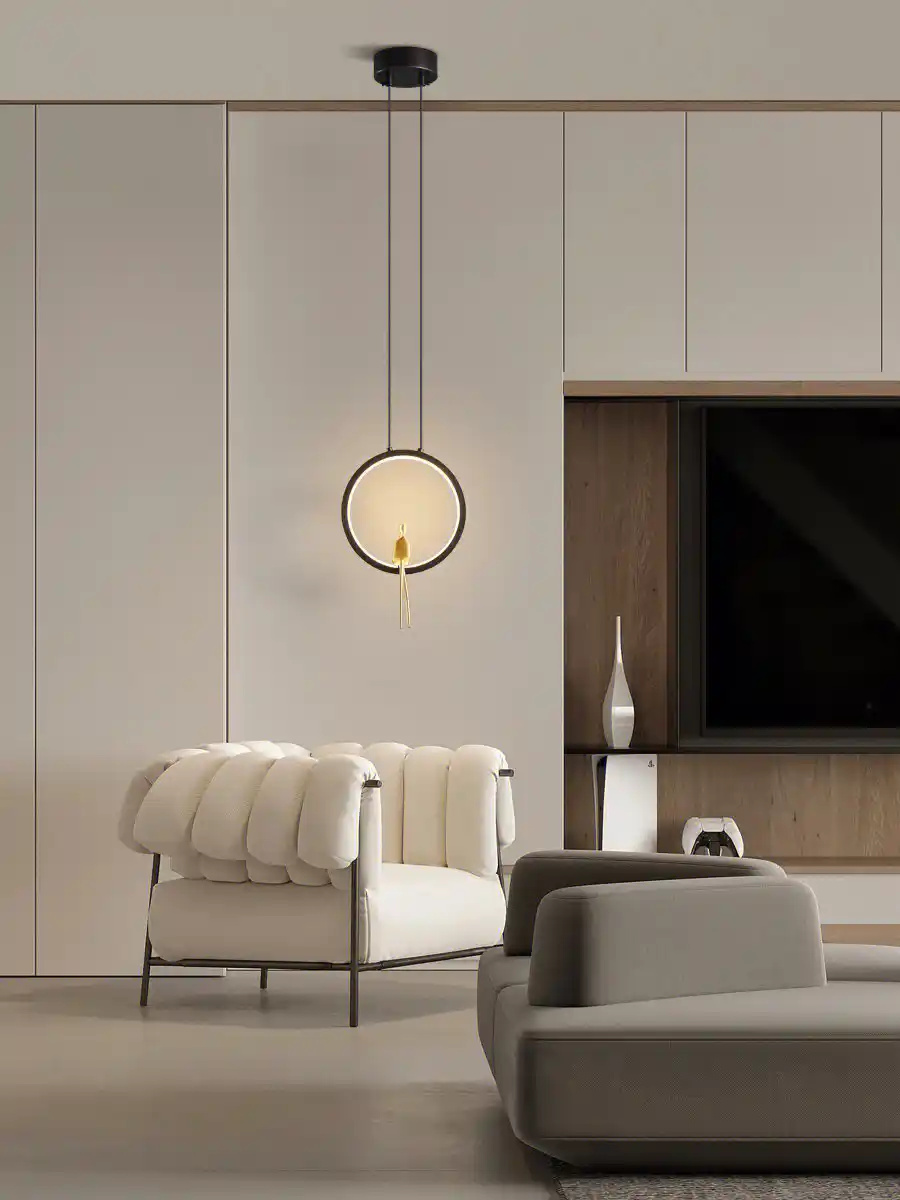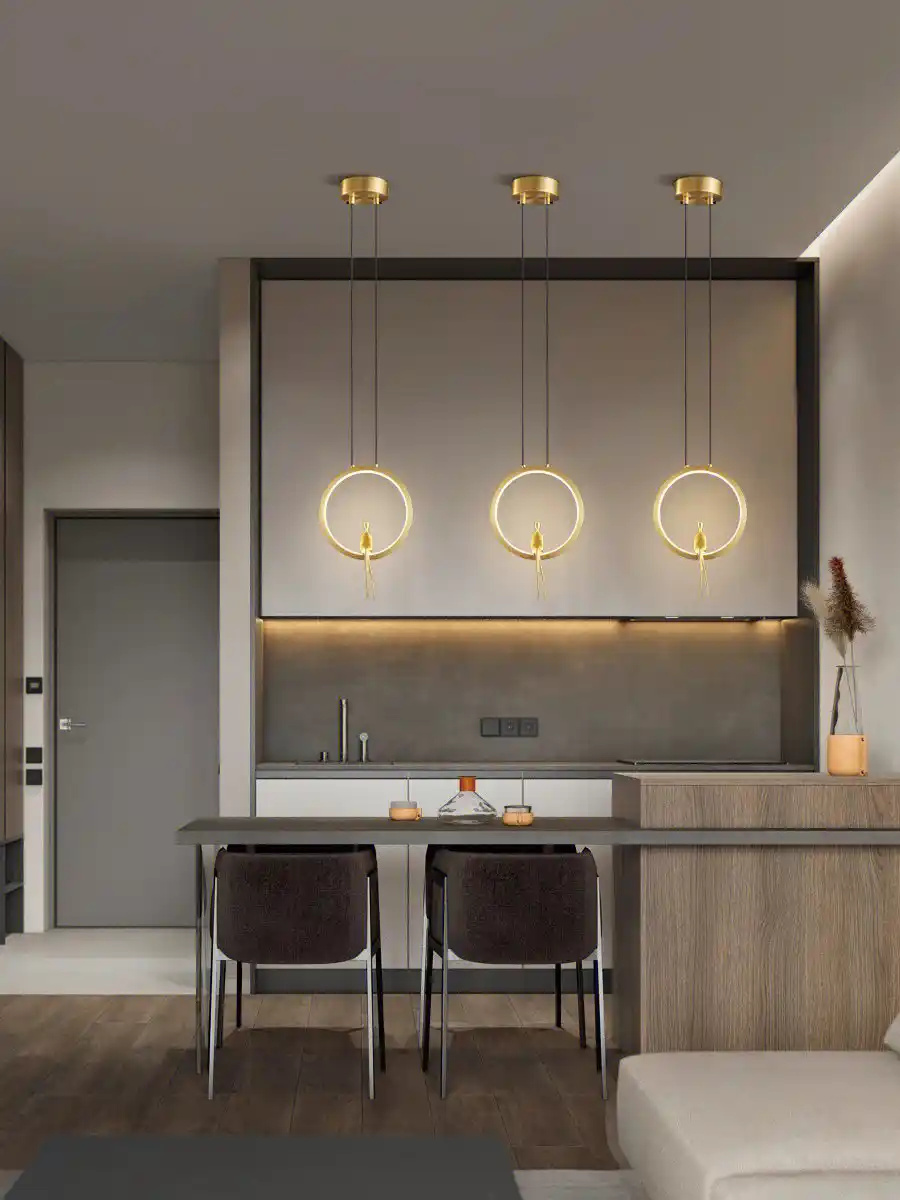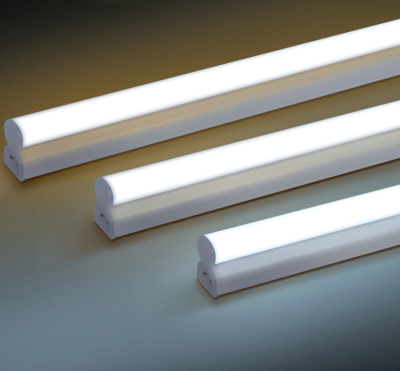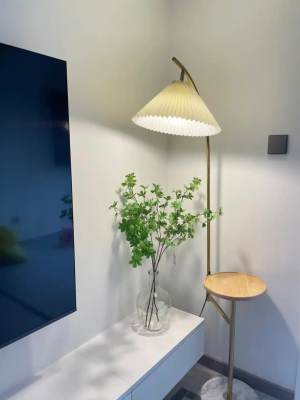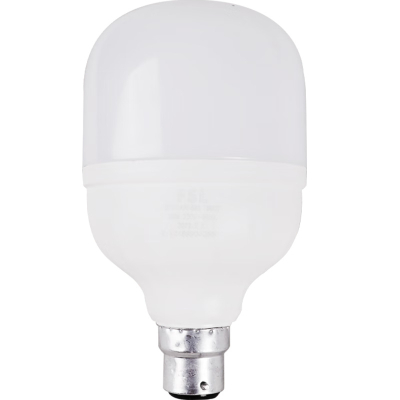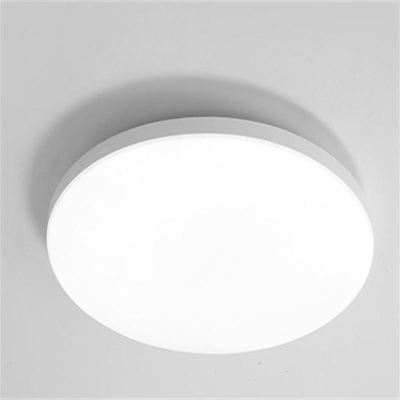Decorative Lighting Fixtures
Decorative lighting fixtures are lighting devices that not only provide illumination but also serve as aesthetic elements in a space. Their primary purpose is to enhance the visual appeal of an area, creating a particular atmosphere or style. These fixtures are designed to be a focal point or to complement the overall decor, adding a touch of elegance, charm, or whimsy to a room or an outdoor setting.
Types of Decorative Lighting Fixtures
Chandeliers
Chandeliers are elaborate and often luxurious ceiling - mounted fixtures. They typically feature multiple branches or arms that hold light sources and are usually adorned with crystals, beads, or other decorative elements. Chandeliers come in a wide variety of styles, from traditional, with a classic, ornate design inspired by historical periods such as the Baroque or Rococo eras, to modern, with sleek, minimalist lines and contemporary materials like metal and glass. They are a statement piece in any room, often used in dining rooms, entryways, or ballrooms to create a sense of grandeur and opulence.
Pendant Lights
Pendant lights are suspended from the ceiling by a cord, chain, or rod. They can vary greatly in size, shape, and design. The light source is usually enclosed in a decorative shade that can be made of glass, metal, fabric, or a combination of these materials. Pendant lights are versatile and can be used in groups over a kitchen island, a dining table, or in a hallway to add a decorative touch and focused illumination. For example, a cluster of small, glass - globe pendant lights can create a modern and airy look, while a large, single - pendant with an elaborate metal shade can make a bold statement.

Wall Sconces with Decorative Elements
Wall sconces are wall - mounted lighting fixtures that can have a significant decorative aspect. They can be designed with intricate metalwork, carved wood, or beautiful glass. Some wall sconces have a traditional candle - like appearance, with faux candles or bulbs that mimic the warm glow of a flame. Others may have a more artistic or themed design, such as those inspired by nature, with floral or leaf - shaped elements. Wall sconces are used to add a touch of elegance to hallways, living rooms, or bedrooms and can also provide ambient or accent lighting.
Lamp Bases and Shades with Ornamental Designs
Table lamps and floor lamps with decorative bases and shades are an important part of the decorative lighting category. The bases can be made of materials like porcelain, ceramic, marble, or hand - carved wood and may feature detailed patterns, figures, or textures. The shades can also be a key decorative element, with options such as hand - painted fabric, stained - glass, or textured paper. These lamps are used to enhance the decor of a room and provide a warm and inviting glow. They are often placed on side tables, desks, or in corners to create a cozy and aesthetically pleasing atmosphere.
3. Components of Decorative Lighting Fixtures
Base and Body
The base and body of a decorative lighting fixture are the foundation of its design. For chandeliers and pendant lights, the body can be a metal frame that holds the arms or the suspension mechanism. The base of a table or floor lamp provides stability and is often a work of art in itself. These components can be made of various materials, including metal (such as brass, bronze, or wrought iron), wood, glass, or plastic. The design and finish of the base and body play a crucial role in the overall aesthetic, with options like polished, antique - finished, or textured surfaces.
Light Source and Holder
The light source can be a traditional incandescent bulb, a compact fluorescent lamp (CFL), or a light - emitting diode (LED). In decorative fixtures, the light holder is often designed to be part of the decoration. For example, in a chandelier, the bulbs may be held in elaborate candle - shaped holders or within a crystal - studded housing. The choice of light source can also affect the overall appearance, as different bulbs produce different colors and intensities of light. LEDs are increasingly popular due to their energy - efficiency and the ability to create different lighting effects, such as dimming or color - changing.
Decorative Elements
Decorative lighting fixtures are known for their added embellishments. Crystals are a common feature in chandeliers and some pendant lights, where they refract and reflect light, creating a sparkling effect. Beads, pearls, or other small ornaments can also be strung or attached to the fixture to add a touch of glamour. In wall sconces and lamps, decorative elements may include carved details, painted motifs, or fabric trims. These elements are carefully chosen and arranged to enhance the visual impact and style of the fixture.
Shade or Covering
The shade or covering of a lighting fixture serves both functional and decorative purposes. For table and floor lamps, the shade can direct and diffuse the light, creating a soft and pleasant glow. Shades can be made of fabric, which can be plain, patterned, or hand - embroidered. Glass shades, such as those in pendant lights or some wall sconces, can be clear, frosted, or colored, allowing for different light - transmission effects. Stained - glass shades are particularly decorative, with their vibrant colors and intricate designs that can cast beautiful patterns when the light is on.
4. Advantages of Decorative Lighting Fixtures
Aesthetic Enhancement
The most obvious advantage of decorative lighting fixtures is their ability to transform the look of a space. They can add a sense of style, luxury, or character to a room, making it more inviting and visually interesting. A well - chosen chandelier or a set of unique pendant lights can become the centerpiece of a room, setting the tone for the entire decor.
Ambient and Mood - setting
Decorative fixtures can create a specific atmosphere or mood. The warm and diffused light from a table lamp with a fabric shade can make a bedroom feel cozy and relaxing. A chandelier with bright, sparkling crystals can add a touch of glamour and celebration to a dining room, making it an ideal space for special occasions. The use of dimmable bulbs in decorative lighting allows for further adjustment of the mood, from bright and lively to soft and intimate.
Personalization and Style Expression
These fixtures offer a great opportunity for personalization and expression of individual style. Whether it's a modern, minimalist pendant light or a vintage - inspired wall sconce, the choice of decorative lighting can reflect the homeowner's taste, interests, and personality. They can be used to create a cohesive design theme or to add a touch of eclecticism to a space.
5. Disadvantages of Decorative Lighting Fixtures
Cost
Decorative lighting fixtures, especially those with high - quality materials and elaborate designs, can be quite expensive. Chandeliers with genuine crystals or hand - crafted lamps with intricate details may have a high price tag. Additionally, the cost of installation, especially for ceiling - mounted fixtures like chandeliers, can add to the overall expense.
Maintenance and Cleaning
The decorative elements on these fixtures, such as crystals, carved details, or fabric shades, require regular maintenance and cleaning. Crystals can lose their sparkle over time due to dust and dirt, and fabric shades may need to be carefully cleaned to avoid damage. Cleaning and maintaining the intricate parts of a decorative fixture can be a time - consuming and sometimes delicate process.
Space and Proportion Considerations
Decorative lighting fixtures need to be chosen with consideration for the space and proportion of the room. A large chandelier may overwhelm a small dining area, while a tiny pendant light may look out of place in a grand entryway. Ensuring that the fixture is the right size and style for the space is crucial to achieving a balanced and harmonious look.
6. Applications of Decorative Lighting Fixtures
Residential Interior Design
In homes, decorative lighting fixtures are used in various rooms. A beautiful chandelier in the foyer can create a grand first impression for guests. In the living room, pendant lights over a coffee table or a set of decorative table lamps can enhance the cozy atmosphere. In the bedroom, a floor lamp with a unique base and a soft - lit shade can add a touch of luxury and relaxation.
Commercial and Hospitality Settings
In hotels, decorative lighting is used to create a luxurious and inviting atmosphere. Chandeliers in the lobby, pendant lights in the restaurant, and wall sconces in the hallways all contribute to the overall ambiance. In high - end retail stores, decorative lighting fixtures can enhance the presentation of merchandise and create a sophisticated shopping environment.
Event and Themed Decorations
Decorative lighting fixtures are also used in events and themed settings. For weddings, a crystal - studded chandelier or a string of fairy lights can add a romantic touch. In themed parties, such as a vintage - themed or a tropical - themed event, the appropriate decorative lighting can help to bring the theme to life and create a memorable atmosphere.

